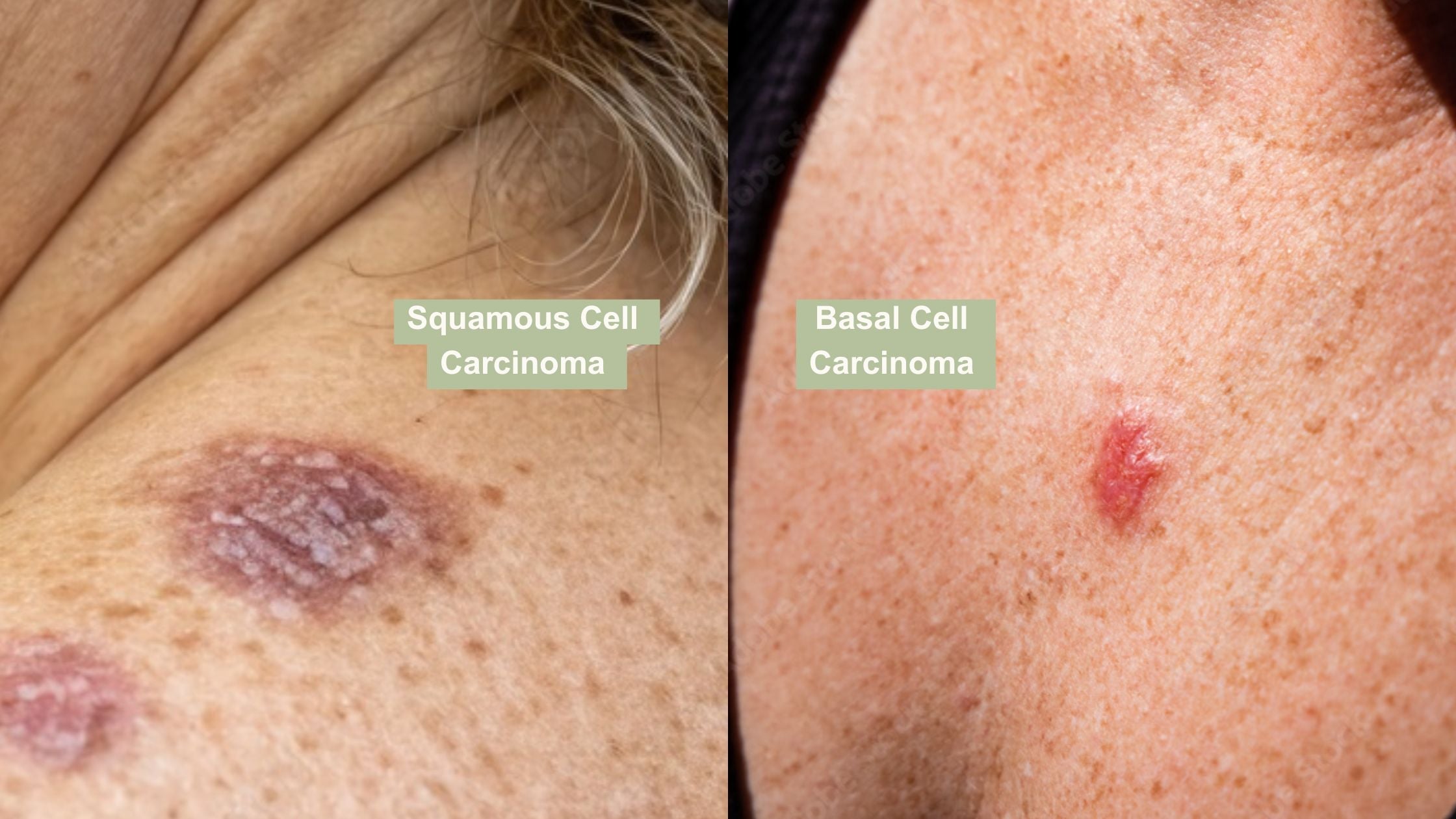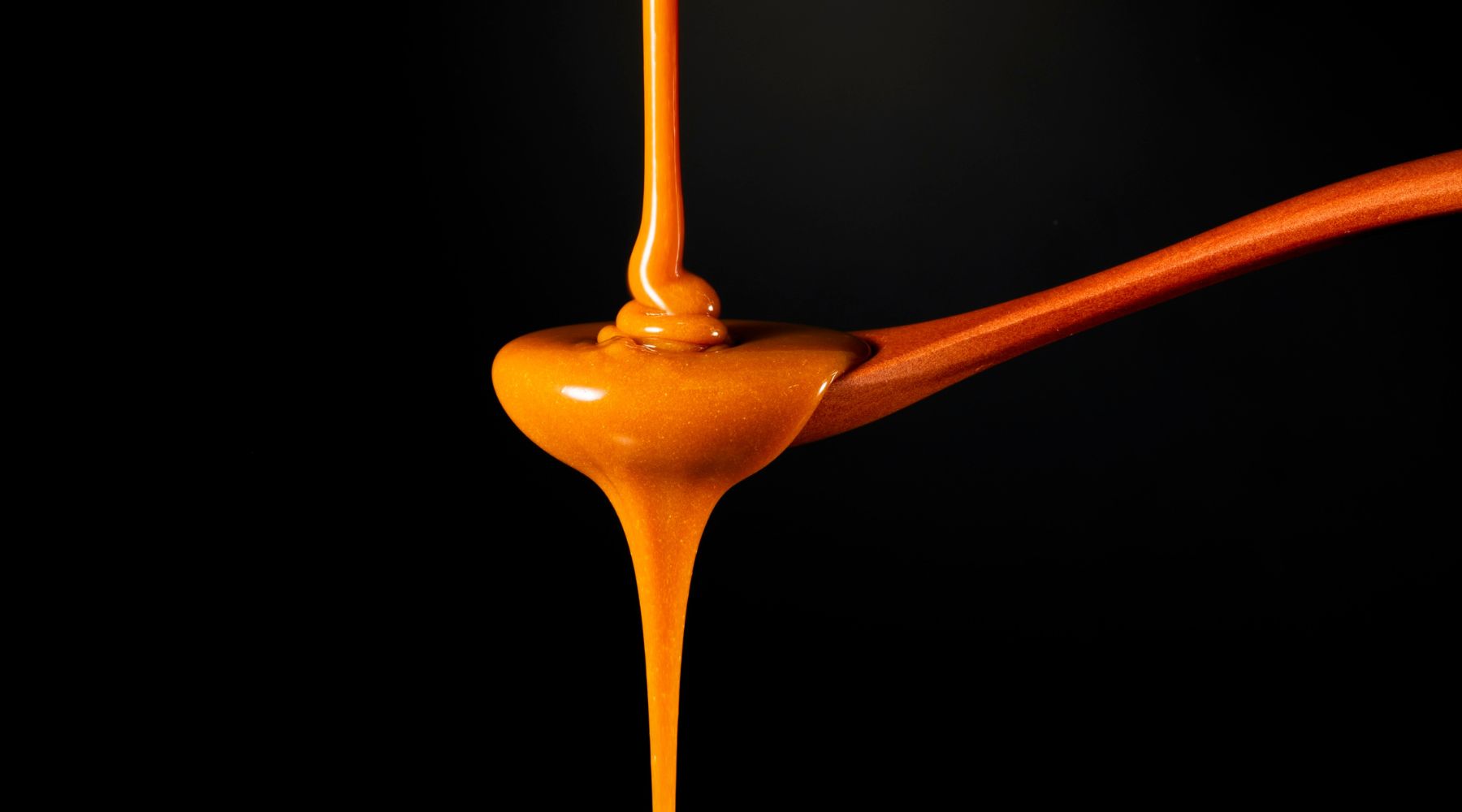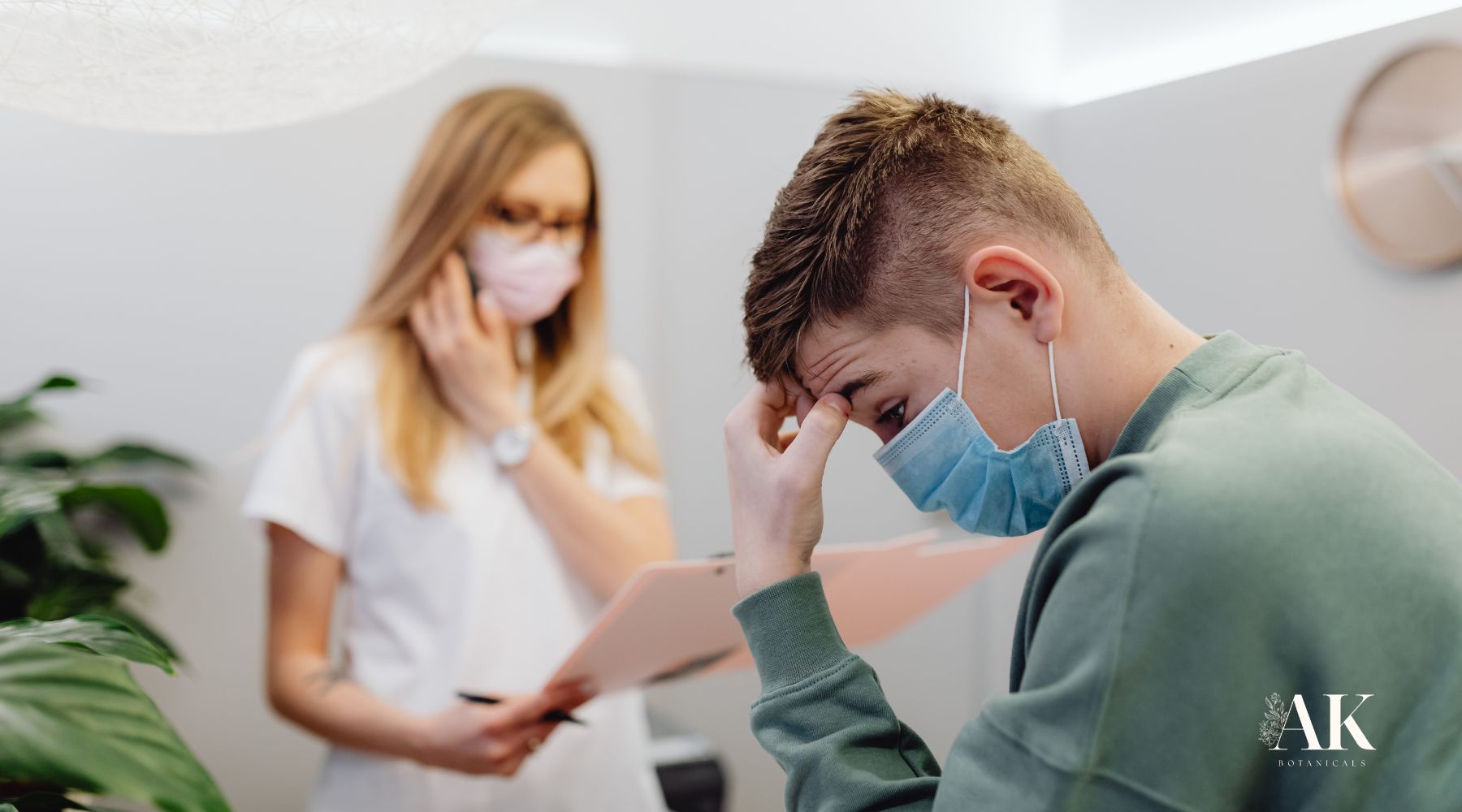
Squamous Cell Carcinoma vs. Basal Cell Carcinoma: What You Need to Know
When people hear "skin cancer," melanoma often comes to mind. But melanoma isn’t the only form you should be concerned about. Nonmelanoma skin cancers—which include basal cell carcinoma (BCC) and squamous cell carcinoma (SCC)—are far more common and still pose serious health risks if not caught early.
Both BCC and SCC fall under the category of keratinocyte carcinoma, a term used for skin cancers that begin in keratin-producing cells. These cancers may not be as headline-grabbing as melanoma skin cancer, but they affect millions of people every year and deserve just as much attention.
At AK Botanicals, we believe education is one of the most powerful tools in protecting your skin. Let’s take a closer look at what sets these two common cancer types apart.
What Is Squamous Cell Carcinoma?
Carcinoma squamous originates in the flat, outer cells of the epidermis. It’s the second most common skin cancer in the U.S., with more than 1 million new cases diagnosed annually. Unlike cancer basal, carcinoma squamous grows more quickly and carries a moderate risk of spreading, especially if left untreated.
What It Looks Like
SCC typically appears in areas that get a lot of sun, such as the face, scalp, lips, ears, chest, arms, and hands. Common signs include:
-
A rough, scaly patch or thickened plaque
-
A sore that heals and reopens
-
A red, firm bump that may bleed or crust
-
Wart-like growths, especially on scars or areas of chronic skin irritation
Who’s at Risk?
SCC risk increases with:
-
Prolonged sun exposure
-
Fair skin and a history of frequent sunburns
-
Tanning bed use
-
Age over 50
-
A weakened immune system
-
A history of actinic keratosis (precancerous sun-damaged patches)
At AK Botanicals, we created AKti-Clear, a botanically infused skincare solution designed to support skin health in sun-exposed areas. Individuals with a history of actinic keratosis often seek out plant-based skincare as part of their routine, but we always recommend consulting a healthcare provider for diagnosis and care planning.
What Is Basal-Cell Carcinoma?
Basal cell carcinoma is the most common form of skin cancer, accounting for about 80% of all nonmelanoma skin cancers. It starts in the basal cells—those found in the lowest layer of the epidermis where new skin cells are made.
Basal cell skin cancer grows slowly and rarely spreads to other organs, but it can still cause significant local tissue damage if ignored.
What It Looks Like
Basal cell carcinoma often appears as:
-
A shiny, pearly or translucent bump
-
A pinkish patch of skin
-
A sore that bleeds, heals, and returns
-
A scar-like area that’s tight or waxy in appearance
These growths often appear on the face, neck, shoulders, and back—places frequently exposed to UV radiation.
Who’s at Risk?
Risk factors for basal cell cancer include:
-
Cumulative UV exposure
-
Fair skin, light eyes, or blond/red hair
-
Frequent sunburns, especially during childhood
-
Indoor tanning
-
Age and family history of skin cancer
SCC vs. BCC: Key Differences
Though both are keratinocyte carcinomas, SCC and BCC behave differently:
|
Feature |
Squamous Cell Carcinoma (SCC) |
Basal Cell Carcinoma (BCC) |
|
Cancer Origin |
Upper epidermal squamous cells |
Basal layer of the epidermis |
|
Growth Rate |
Faster |
Slower |
|
Risk of Spread |
Moderate to high |
Low |
|
Appearance |
Scaly, crusty, or ulcer-like |
Pearly, shiny, or pink |
|
Common Locations |
Lips, ears, arms, scars |
Face, neck, shoulders |
|
Aggressiveness |
Can metastasize |
Locally invasive |
|
Survival Rate (Early) |
~95% |
~100% |
Just How Common Are These Skin Cancers?
An estimated 5.4 million cases of basal and squamous cell carcinoma are diagnosed in the U.S. each year—affecting about 3.3 million people, as many have more than one tumor.
Around 80% are basal cell carcinoma, and 20% are squamous cell skin cancer.
Globally (2019 data): ~4 million basal cell skin cancer and ~2.4 million squamous cell skin cancer cases were recorded, leading to ~63,000 deaths.
Squamous cell carcinoma accounts for 2,000 to 8,000 deaths annually in the U.S., particularly among older adults and those with suppressed immune systems.
Why These Numbers Matter
Basal cell carcinoma is extremely common and highly treatable, but it can become disfiguring if not removed early.
Squamous cell skin cancer, while less common, carries a higher risk of metastasis—especially when it forms on the lips, ears, or within scars.
The global incidence of both cancers is rising, by up to 10% per year in some regions.
With early detection, basal cell carcinoma survival is nearly 100%, and squamous cell carcinoma survival is around 95%, but that 5% gap can make a big difference.
The Root Cause of Skin Cancer: UV Radiation
The primary cause of both SCC and BCC is ultraviolet (UV) radiation from sunlight and tanning beds. UV rays damage the DNA in your skin cells, and over time, that damage can cause mutations that lead to cancer.
Protecting your skin daily and staying alert to changes is essential, especially if you’ve had frequent sun exposure or a history of actinic keratosis.
Where Does Melanoma Fit In?
Melanoma makes up just 1% of skin cancer cases, but it causes the majority of skin cancer deaths due to its high risk of spreading.
By contrast, basal cell carcinoma and squamous cell carcinoma are far more common, and while they’re typically less deadly, they still represent a major public health concern, especially when detection is delayed.
Botanically-Infused Skin Support from AK Botanicals
While medical diagnosis and treatment are essential for skin cancer, proactive skincare is part of long-term protection. That’s where AKti-Clear comes in.
Our signature formula is crafted to to nourish sun-exposed skin and promote a healthy appearance using botanicals traditionally valued for skincare.
Sanguinaria canadensis (Bloodroot) and Annona muricata are botanicals long recognized in traditional plant-based skincare practices.
We believe in clean ingredients, free from synthetic fillers and harsh preservatives, because skin deserves only the best.
Bottom Line: Stay Informed, Stay Protected
Keratinocyte carcinomas (BCC and SCC) affect millions annually, with over 5.4 million U.S. cases diagnosed each year.
Basal cell carcinoma is more common, less aggressive, and rarely spreads, but it can damage surrounding tissue.
Squamous cell carcinoma grows faster and has a higher risk of spreading, making early detection critical.
Prevention, awareness, and regular skin checks can make all the difference in outcomes.
Explore our full line of botanically-infused dermatological skincare products and discover how we’re helping people care for skin that’s been through a lot, with purpose, intention, and natural ingredients.
Disclaimer: This content is for educational purposes only and is not a substitute for professional medical advice. Always consult a healthcare provider for the diagnosis or treatment of any skin condition.
Sources:
American Academy of Dermatology
Global Burden of Disease Study, Lancet Oncology 2021




